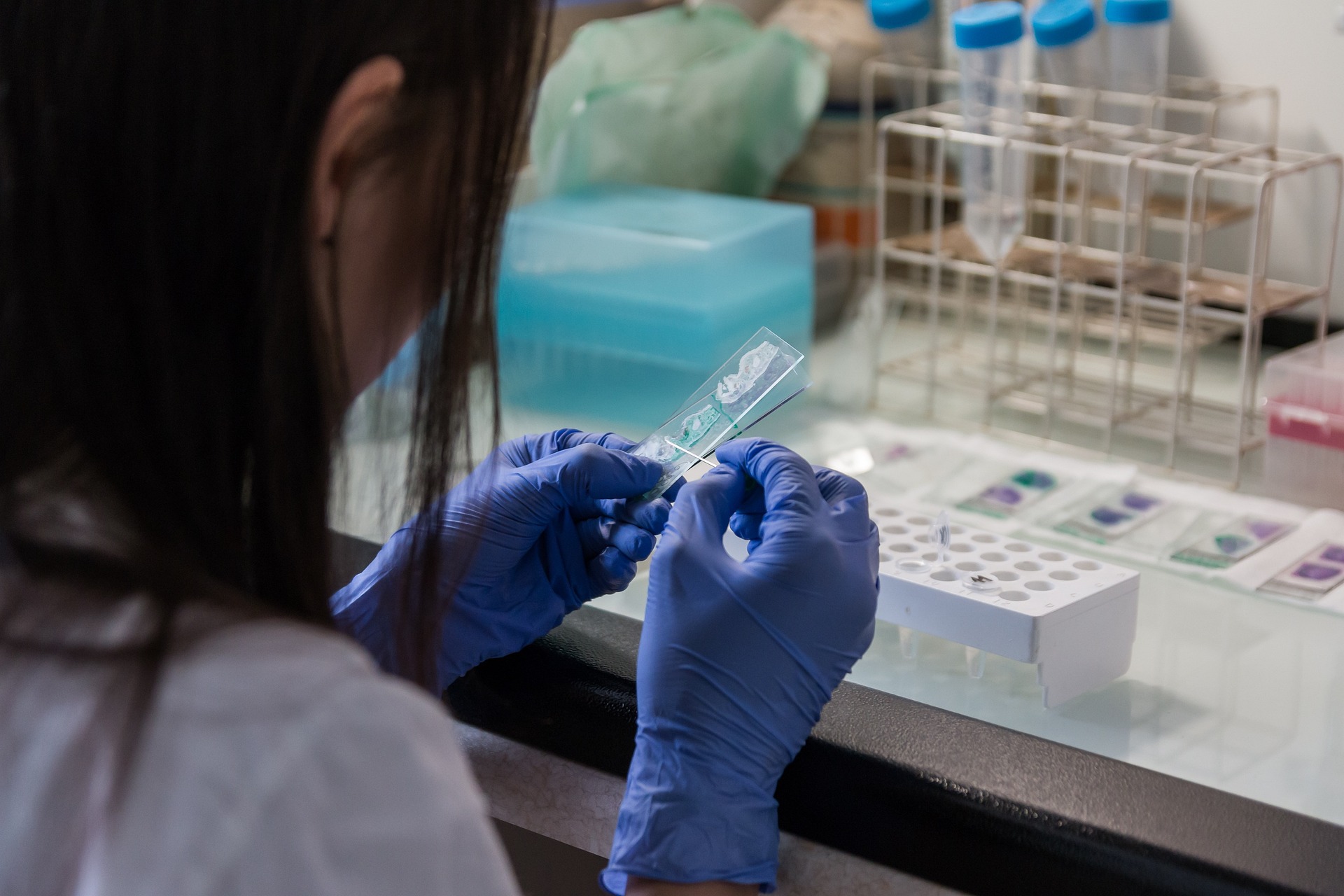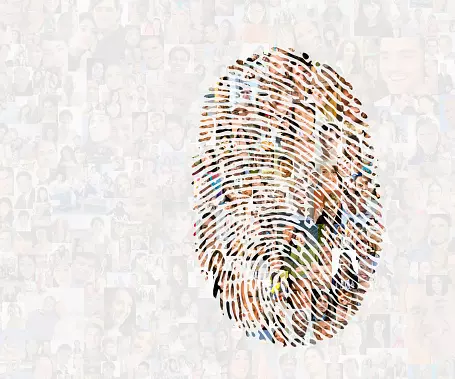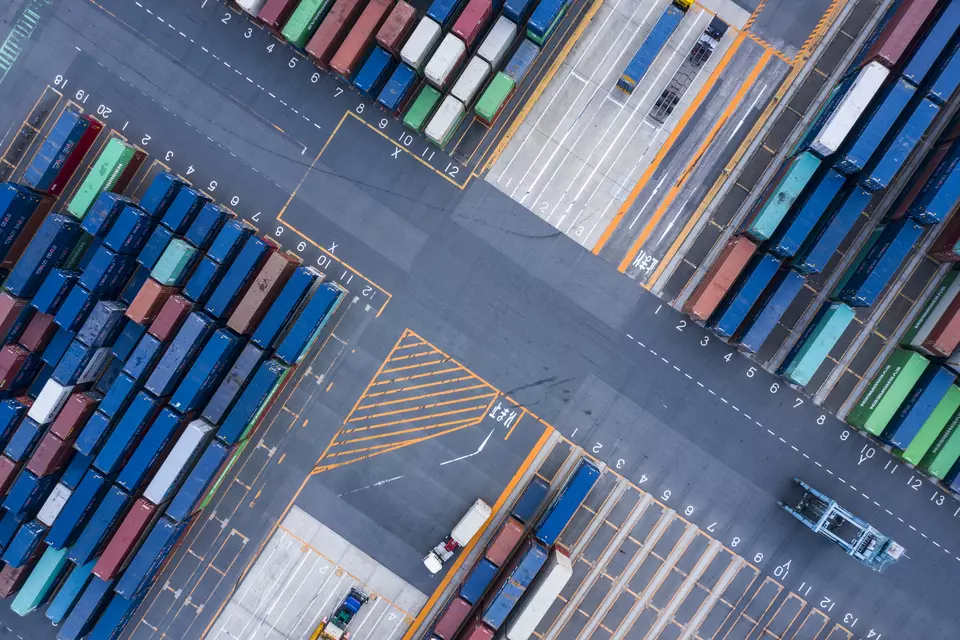Key research themes
We have identified four overarching Safety & Security themes at TU Delft which we explore and develop with TU Delft researchers and other stakeholders:
- Safe & secure by design
- Digital vulnerabilities
- Security & geopolitics
- Forensics & failure analysis
Our themes cover different phases (before, during and after event) of Safety and Security in research, engineering and design. They also integrate different disciplines.
1. Safe & secure by design
Safe by Design (SbD) is an approach that can be integrated into all research fields. It frontloads safety as a core value in any innovation or design process. SbD aims to mitigate risks as much as possible during the design process rather than during manufacturing or customer use. SbD also entails considering societal acceptance and ethical acceptability from the very start. Safety is all about inclusion and we look into how we make sure these aspects are taken into the design process.
In so doing, it covers not only technological aspects but also, ethical, policy and institutional impacts. What SbD precisely entails in terms of risk assessment, risk management, chain coordination and so on, will vary from one field to the other. While the literature specifically discusses Safe by Design (SbD), we aim to broaden the notion to Safe and Secure by Design.
2. Digital vulnerabilities
Information will be added soon

3. Security & geopolitics

Information will be added soon
4. Forensics & failure analysis
Forensics and failure analysis can be approached from different angles and for different purposes. It can play a role in prosecution and learning purposes to prevent future accidents.
Forensics is instantly associated with the world of crime scene investigations where data is used to find the source and circumstances of an accident or crime in order to attribute responsibility. The research field of forensics and failure analysis however also enables us to learn from accidents to improve our systems. The key is in which perspective we investigate a given data set.
The field brings together several disciplines such as biomechanics, AI and aerospace engineering.
Examples of forensics and failure analysis in criminal domains, range from blood spatter techniques to medical examination techniques for the victims of human trafficking. With AI, it is possible to get an unbiased view of the situation and predict where incidents are most likely to occur. Forensics and failure analysis plays a significant role in investigating organized crimes, such as human trafficking and drug smuggling. Similarly, it is in air safety and other matters we cannot control our self.
In our increasingly digitalised world, the field of Digital Forensics concerns how to detract and analyse information from digital devices, for example, in computer crime cases and in investigations into subversion where criminals use encrypted devices.
Other research themes
Research themes to which we have paid extensive attention in the past, and which continue to be of interest to us, are:
1. Uncertainty Quantification and Vulnerability Assesment
Uncertainty Quantification seeks to find robust and reproducible approaches to quantify risks and uncertainty that affect our safety and security.
By working with digitalized models of natural systems and our existing society we can simulate different scenarios. For instance, climate change – how an increased temperature would and can affect how we design our urban environment, our land use, and our infrastructures.
By modelling possible scenarios and the probability of their consequences in advance, we obtain a better knowledge and a broader understanding of the challenges, we can more effectively engage with stakeholders, and we can approach the obstacles more efficiently.
Using digital twins, as one of the tools in uncertainty quantification, we work to image reality – these twins can simulate all possible scenarios that are not just related to climate change. This gives the opportunity to quantify all types of risks and their dependencies and make better-informed decisions.
2. Mitigation of impact
Our increasingly complex infrastructure is under pressure of, for example, ongoing climate change and digital threats. When natural disasters strike, accidents happen, or attacks manifest, having tools and strategies ready to mitigate impact is of crucial importance to limit detrimental effects and consequences to society as much and most effective as possible.
One line of work focuses on tools and algorithms to preventively fortify infrastructures and systems, thereby taking the likelihood of risks and impact into account, such that potential disruption is contained as much as possible. Another aspect deals with recovery actions by devising better and more adaptable and more efficient crisis strategies with the ability to plan ahead and calculate possible cascade effects.
Mitigation of impact requires a broad transdisciplinary collaboration that combines knowledge of data-driven risk analysis, algorithmics (incl. AI), and situational awareness, amongst others. TU Delft, with its specialised focus on Safety and Security across many research domains, offers a unique setting for this type of collaborative and societally relevant work.




